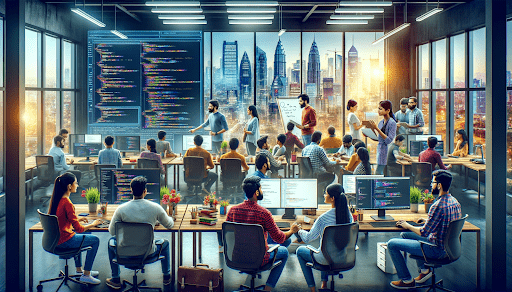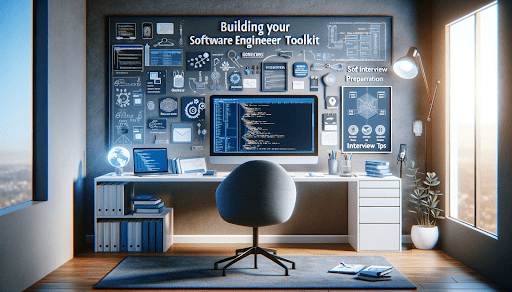Remote interviews have become more popular recently, because of the pandemic. Organizations conduct virtual interviews with candidates using video conferencing tools instead of meeting in person. This allows employers and candidates to connect from anywhere in the world, which is convenient. Although there may be challenges like technical issues and communication problems, remote interviews can be just as effective as in-person interviews with proper planning and preparation. By following the Remote Interview Setup Guide, organizations can benefit from a larger pool of candidates and hire the best ones, no matter where they are located, using an efficient remote interview process.
Remote Interview Setup Guide
When Compared to In-Person Interviews, How is a Remote Interview Different?
While remote interviews are performed virtually through video conferencing, in-person interviews take place in-person. Remote interviews give you more flexibility because you can interact with candidates from anywhere and save time and money. However, candidates may face difficulties due to technical difficulties and contact barriers. In-person interviews give candidates and interviewers a chance to interact more closely and evaluate nonverbal cues, as well as give employers a chance to highlight their workplace cultures. They may take longer, though, and applicants who live far away might find them impractical. The decision between the two ultimately comes down to the particular requirements and conditions of the company.

Is it Challenging to Conduct Remote Interviews?
Although challenges may arise during remote interviews, these can be reduced with careful preparation. The interview’s flow can be affected by technical problems, such as internet connectivity and equipment breakdown, but they can be avoided by trying the technology beforehand and having backup equipment. It can be difficult to keep a personal connection with candidates, so it’s critical to create a relaxed environment and maintain eye contact. Remote interviews may make it harder to evaluate nonverbal signals like body language, but employers can still look at a candidate’s posture, facial expressions, and tone of voice. Overall, with careful planning and attention to communication, remote interviews can be effective.
How do you Create an Effective Remote Interview Process?
A successful remote interview procedure must go through several critical steps. First, pick a useful and simple to use video conferencing system. Explain what is expected of you during the interview, including the time, date, duration, and particulars of the procedure. Prepare interview questions that evaluate applicants’ credentials and abilities, and test the technology beforehand to prevent technical problems. Provide step-by-step guidance for using the platform and fixing technical issues. To guarantee a seamless process, run a test run with your coworkers. Ask open-ended inquiries frequently during the interview and motivate candidates to do the same. Finally, evaluate applicants based on their responses, communication abilities, and cultural fit. Businesses can design a fruitful remote interview process to make wise hiring choices by adhering to these steps.
A Step-by-Step Guide for Setting up a Smooth Remote Interview :
Many businesses have switched to remote hiring procedures in the era of remote work in order to find the best personnel worldwide. Even though they are more and more common, remote interviews can still be difficult for both applicants and employers. This blog post will give you a step-by-step tutorial for setting up a seamless remote interview process that can speed up conversation, save you time, and simplify the hiring process.
Step 1: It’s essential to select a reputable video conferencing platform if you want to perform successful remote interviews. The number of participants, necessary features, and money are all things to think about. Zoom, Google Meet, and Skype are all popular choices that each have their own special features like screen sharing, simulated backgrounds, and convenient scheduling. It’s crucial to test the chosen platform in advance to guarantee dependability and become familiar with its user interface. Troubleshooting any technical problems can also be aided by conducting a test interview with a colleague.
Step 2: It’s crucial to decide on the interview format in advance when having a remote interview to make sure it corresponds with the number of applicants and the position being filled. The most typical structure for interviews is one-on-one, which gives the interviewer a chance to evaluate the applicant’s qualifications and suitability for the position as well as their abilities and background. While panel interviews have more interviewers and offer a variety of viewpoints on the candidate, group interviews are useful for assessing collaboration skills. To ensure a successful interview, it’s critical to take into account the amount of time required to fully assess each applicant, tell them in advance about the interview format, and provide them with any preparation that may be necessary.
Step 3: Sending candidates all necessary interview information in preparation is essential for a seamless remote interview process. This contains information about the interview’s time, place, and date as well as guidelines for joining a video chat. Make sure the directions are clear and simple to understand, and include the interviewer(s)’ contact information in case of any technical difficulties. Additionally, let the applicant know the interview’s duration, structure, and expected inquiries. Sending the applicant the interview information in advance shows professionalism and respect for their time, and it also helps to prevent last-minute problems.
Step 4: It’s essential to try the technology in advance of a remote interview to avoid any technical issues. Remote interviews require the use of video conferencing and other equipment, which can be problematic for both the interviewer and the candidate and negatively impact the interview’s result. Make sure everything is operational, including the microphone, camera, and internet link, by running a demonstration. Verify the video, audio, background, and lighting clarity. If there are any problems, fix them right away or think about using a different base or piece of gear. To help the applicant feel more comfortable during the interview, it’s a good idea to ask them to try out the technology beforehand and show them the platform.
Step 5: The interviewer’s experience can significantly impact the candidate’s perception during a remote interview. The focus of the discussion can be shifted and the interview ruined by a cluttered or distracting background. Set up a background with the company’s name or logo on a neutral-colored wall to guarantee a professional and distraction-free experience. A cluttered backdrop or personal items should be avoided as they can be distracting and unprofessional. If a professional backdrop is not accessible, you can also use virtual backgrounds or green screens. Additionally, make sure there is enough good illumination, without any glare or shadows on the interviewer’s face. Although ring lights or softbox lighting can also produce a polished appearance, natural light is favoured.
Step 6: Being ready and organised is crucial when having a remote interview. Prior to the meeting, sign into the video conferencing app and greet the candidate. Ask questions that are pertinent to the job requirements and clearly describe the interview process. Observe the candidate’s answers carefully and pay close attention to what they have to say. Throughout the interview, maintain a professional and upbeat attitude and, if necessary, give assistance. Allow the applicant uninterrupted time to clarify any points and offer more details. After thanking the applicant for their time, let them know what will happen next in the recruiting process. After the interview, if required, follow up with more inquiries or comments.
Step 7: Maintaining contact with the candidate after a distant interview is crucial if you want to show that you value candidature feedback and open lines of communication. There are many methods to get in touch with the applicant, including sending them an email to express gratitude for their time and to outline the next steps in the hiring process as well as any updates or modifications to the schedule. If the candidate asks feedback, it’s important to give it to them right away so they can improve their interviewing skills for future opportunities. It will inspire confidence and show your gratitude for their time and effort to keep the applicant informed throughout the hiring process by quickly informing them of any delays or schedule changes and providing pertinent information.
In Conclusion, You can pick the best remote interview platform, plan the interview structure, send interview specifics ahead of time, test the technology, set up a professional backdrop, conduct the interview, and follow up with the applicant. You can successfully perform a remote interview using these steps and choose the best applicant for your company.
The ability to interact with candidates from around the world through remote interviews can result in more diverse hiring and improved candidate experiences. You can ensure that your remote conversations are effective, polished, and fruitful by applying these best practises. You can effectively recruit the best talent for your organisation through remote interviews if you have the right procedures and tools.






